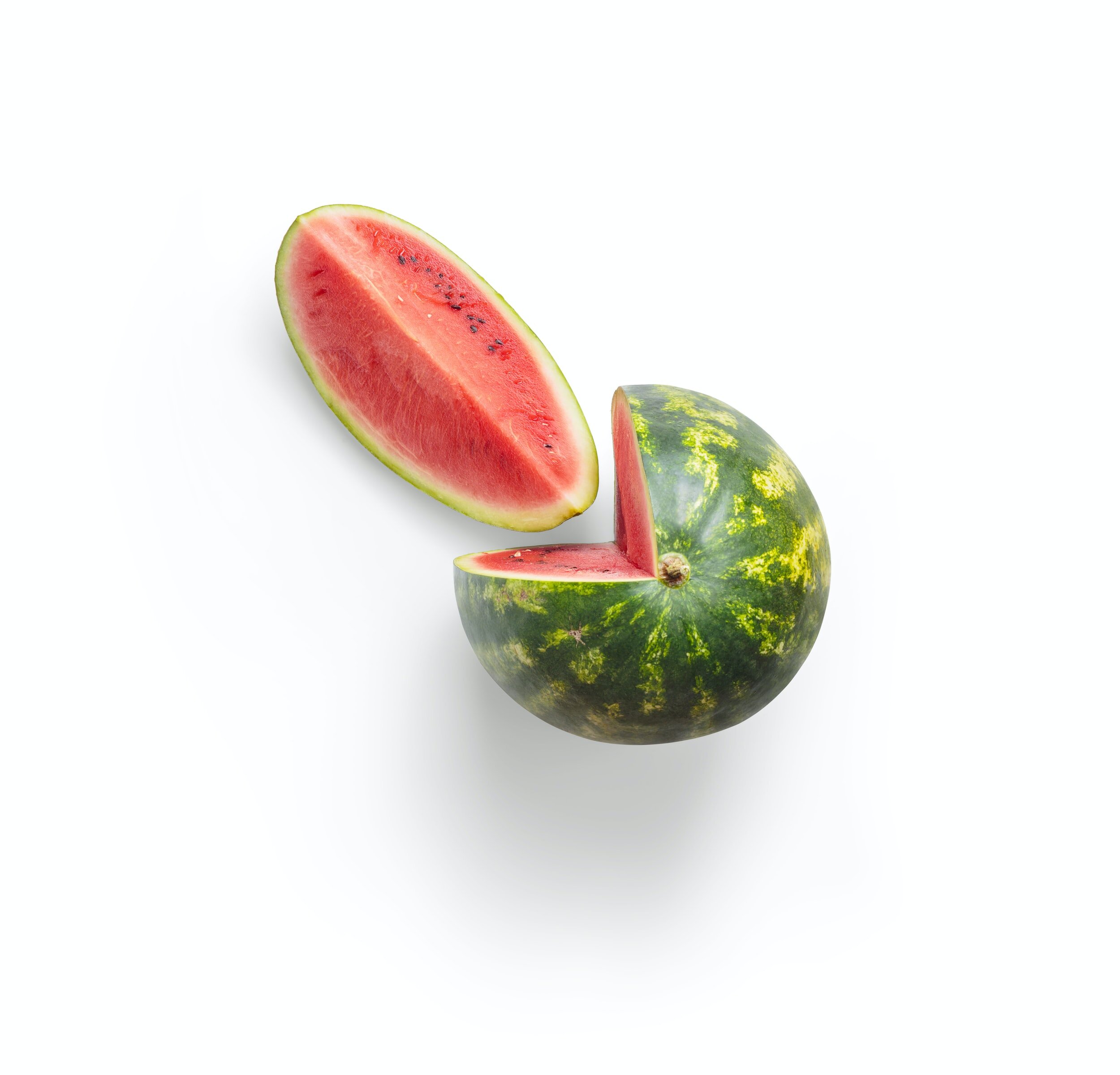Energetics of Watermelon: A Summer Staple
Watermelon is a summer staple that originates from Africa! It was originally cultivated in Egypt, where its popularity grew immensely. Its legacy is recorded in hieroglyphics painted on buildings, and they even placed watermelon in the tombs of many Egyptian kings. The watermelon is just as popular today as it was then. Although, with its popularity in American food culture, it may come as a surprise that China is the world’s largest watermelon-producing country.
Did you know that the watermelon, while considered a melon, is not from the melon family, but the gourd family? Other members of this family include cucumbers, squash, cantaloupe, pumpkins, and zucchini.
The flesh of the watermelon is protected by a smooth rind, usually green with dark green stripes and/or yellow spots. Though many people do not like the rind due to its bitter flavor, the rind contains the same nutrients as the inner flesh. The rind can be juiced, eaten in small amounts (1 ounce 2-3 times daily), made into a tea, or pickled. The flesh itself is sweet and juicy, usually a red to pink color, although it can be orange, yellow, or white. The flesh can also contain seeds, which are also edible. For all the kids out there, eating the seeds won’t make watermelon start growing in your tummy.
How to Choose and Store
When buying watermelon look for one that has a yellow or cream-yellow spot, which is where it sat on the ground, if it does not have this spot it is pre-maturely harvested. You also want the skin to be relatively smooth, and neither too dull nor too shiny. If you prefer the thumping method, you want the watermelon to sound like a dull thud, not hollow or ringing.
A whole uncut watermelon can be stored at room temperature for a week two, or refrigerated for a week. Cut watermelon should be wrapped in plastic, refrigerated, and used within three to five days.
Nutrition
Watermelon has many nutritional benefits, besides being 92% water. In a 10-ounce (300-mL) wedge, watermelon packs in about one-third of the recommended daily value of vitamin A and C. Watermelon is the leading fruit in lycopene, which gives a major boost in cardiovascular health and enhances bone health. Watermelon also contains choline, which helps fight inflammation, and is a good source of magnesium and potassium, two minerals that are known to balance blood pressure. In addition, watermelon is rich in the amino acid L-citrulline, which the body converts to L-arginine, and helps relax blood vessels and improve circulation.
Energetics
Watermelon is cool to cold in temperature and is sweet in flavor. As such, the inner flesh is the perfect protector against heat, especially summer heat. Its cooling effect removes heat, builds body fluids, acts as a diuretic, and helps keep your intestines moist. It has been used to treat thirst, urinary difficulties, edema, canker sores, depression, and kidney and urinary tract inflammations. Watermelon or Xi Gua is actually a part of the Chinese Herbal Materica Medica and is used in herbal medicine frequently to help clear heat pathogens while nourishing fluids.
The rind boasts the same effects as the inner flesh, and it helps treat diabetes and high blood pressure. Although, pickled rinds do not have the same high blood pressure benefits, due to the salt content.
The seeds benefit the kidneys and act as a general diuretic, lowers high blood pressure, and remedy constipation. The dried seeds can be made into a tea and fresh seeds can be consumed raw if chewed well.
Caution: Not to be eaten by those with weak digestion, anemia, or excessive or uncontrolled urination.
Watermelon Rind Gazpacho
Ingredients
2 cups diced watermelon rind, green skin removed
½ large or 1 small red onion, roughly chopped
2 cloves garlic
1 jalapeno pepper, seeds removed
4 heaping cups diced watermelon
1 large tomato, roughly chopped
5-6 leaves fresh basil
2 tablespoons red wine vinegar
1 tablespoon olive oil
½ teaspoon salt
¼ teaspoon ground black pepper
For Garnish: Finely diced watermelon, red onion, avocado, fresh basil, and olive oil.
Preparation
Place the watermelon rind, red onion, and garlic in a blender or food processor. Blend until finely chopped.
Add the watermelon, tomato, basil, red wine vinegar, olive oil, salt, and pepper. Blend again until mostly pureed, with a little texture left. You can also puree until completely smooth if you'd like!
Refrigerate to save (this tastes even better the next day), or pour into bowls, garnish, and enjoy.
Sources
http://www.medicalnewstoday.com/articles/266886.php
https://www.watermelon.org/recipes/watermelon-rind-gazpacho/
Mateljan, George. The World’s Healthiest Foods: Essential Guide for the Healthiest Way of Eating. George Mateljan Foundation: Seattle, 2007. Print.
Pitchford, Paul. Healing with Whole Foods: Oriental Traditions and Modern Nutrition. North Atlantic Books: Berkeley, 1993. Print.




